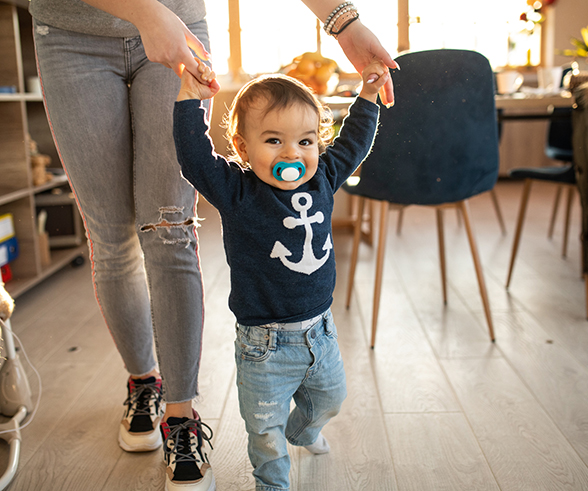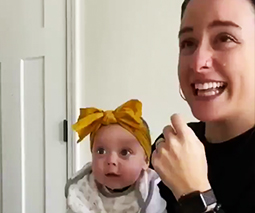13 ways to ditch the dummy (from mums who have been there and survived)

If you have a toddler who loves the dummy, then you’ve probably questioned when is the right time to get rid of it. And just how are you going to handle the tantrums and tears that are sure to follow?
There are plenty of pluses involved with letting your little one use a dummy. It can help them self-settle, it can help guard against SIDS and it can help them feel secure. But, there are a few downfalls to relying on the dummy too, especially as your baby grows into a toddler or preschooler.
According to Evelina Weidan Sterling, PhD, MPH, co-author of Your Child’s Teeth: A Complete Guide for Parents, “Before age two, any problems with growing teeth usually self-correct within six months of stopping pacifier use. After the two-year mark, problems can start. Your baby’s top or bottom front teeth may slant or tilt.”
And the problem can worsen as time goes on. “Pacifier use after age four, which is when permanent teeth start to come in, can have major long-lasting effects on adult teeth,” she says.
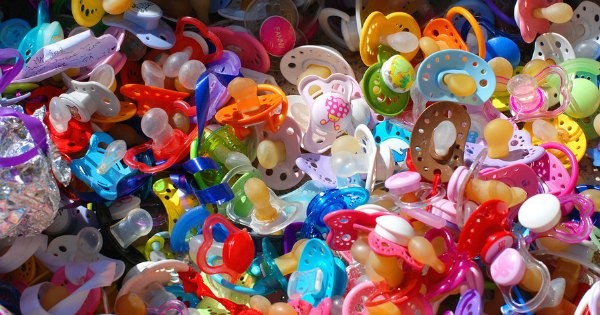
For many children, their ‘binky’ is their first love. So you can expect a few days of despair as your little ones learn how to live without the dummy. It took my daughter four full days to learn how to fall asleep without sucking and without relying on the dummy any time she felt angry, sad, upset or lonely.
How did we ditch the dummy? My daughter took a fall on the tile with it in her mouth. She cracked her two front teeth and wound up with a mouth full of blood and bruising. After that it was “dummy hurt me,” and we never saw the thing again.
And, while this is definitely not the way to go, hopefully, some of these other ideas will help your little one ditch the dummy habit.
1. Give it to the dummy fairy
Collect all the dummies in the house and have your child place them by his bed at night. When he wakes up, the dummies will have gone with the dummy fairy. Perhaps leave a small treat or toy in return.
2. Or Santa Claus, the Easter Bunny, the neighbour’s new baby or the flock of birds in your backyard
There has to be someone or something that your little one will be willing to give the dummies to.
Ducks love chewed up dummies, I’ve been told.
3. Cut holes in the tips
Many children will prefer to just toss a damaged binky rather than continue to suck on one with the tips half broken.
4. Drizzle something your child doesn’t like on the tip
Vegemite could work?
5. Go cold turkey
Dummy is gone and that’s that. Most mums admit that the cold turkey method is challenging but a child will normally forget about it within three days to a week.
6. Make dummy art
If your child loves to get crafty, then make a dummy collage to hang in their room or a Christmas ornament for the tree. A dummy mobile perhaps?
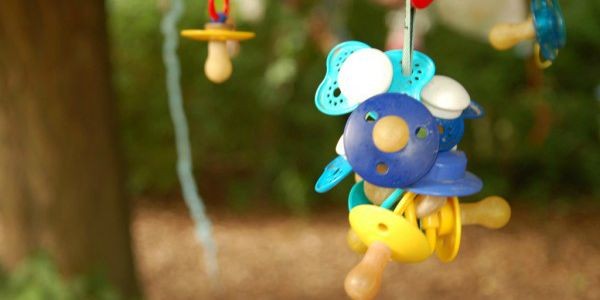
7. ‘Lose’ them
And make sure you accidentally lose them on the same day that the rubbish is collected. That way there is no going back and fishing them out of the bin after three hours of tantrums.
8. Plant them
Plant all of the dummies in the garden underneath a pretty flower, plant or veggie patch. Help your little one water his new plant and watch as his dummies grow into something beautiful.
9. Tie them up
Tie all the dummies to the cot with a short ribbon (short enough that it cannot reach around your child’s neck, of course). That way, if your little one wants to use the dummy, he has to remain stationary. Usually standing still and toddlers do not mix.
10. Hang them in the Dummy Tree
There’s a magical playground in Denmark where children leave their dummies for the fairies (or council workers) to collect. And while the Pacifier Tree is an aeroplane ride away, this doesn’t mean you can’t make your own in your backyard or at a nearby park.
11. Read all about it
Some great books to include in your ditch-the-dummy plan include:
- The Binky Ba-ba Fairy by Heather Knickerbocker-Silva
- Baby’s Binky Box by Jennifer Ormond, illustrated by Curt Walstead
- Bye-Bye Binky by Brigitte Weninger, illustrated by Yusuke Yonezu
- I Want My Pacifier by Tony Ross
- The Last Noo-Noo by Jill Murphy
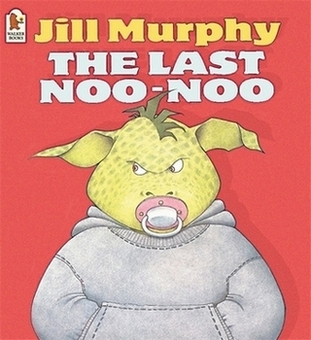
12. Consider a three day plan
Mark L. Brenner, author of Pacifiers, Blankets, Bottles & Thumbs: What Every Parent Should Know About Stopping and Starting claims that it should only take three days for your little one to lose the dummy habit. Two days are spent preparing and the third day is all about action.
13. Swap it for a new toy
When all else fails, you can never go wrong with bribery.
 Need some more toddler behaviour advice? Our Parent School toddler experts can help. Click to find out more or book a one-on-one session.
Need some more toddler behaviour advice? Our Parent School toddler experts can help. Click to find out more or book a one-on-one session.


